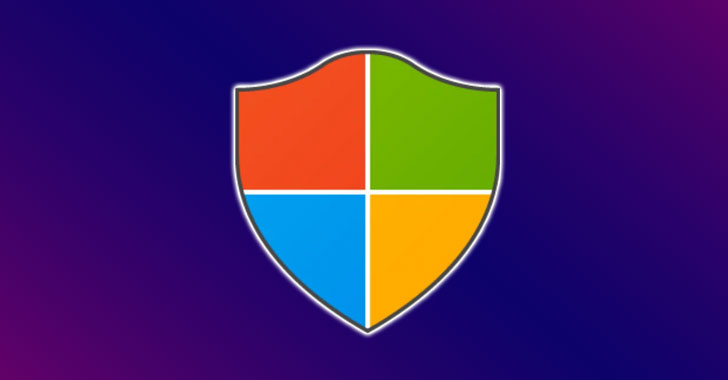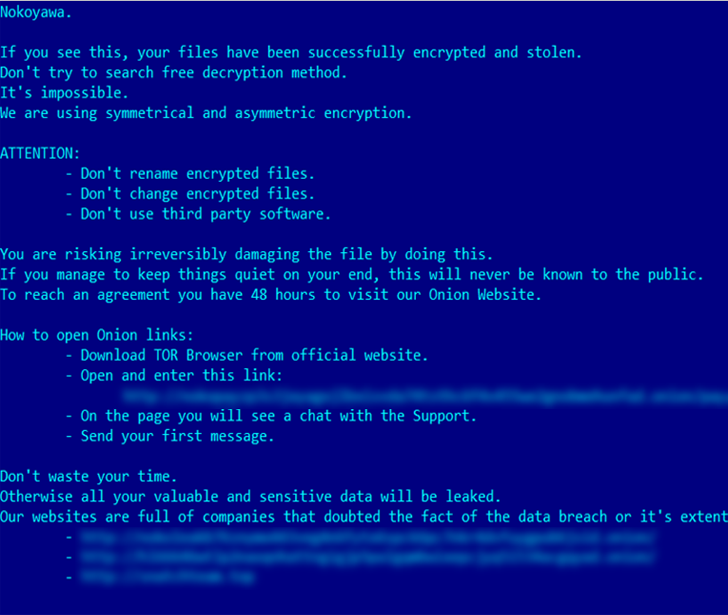Mikrotik Belatedly Patches RouterOS Flaw Exploited at Pwn2Own
Latvian network equipment manufacturer MikroTik has shipped a patch for a major security defect in its RouterOS product and confirmed the vulnerability was exploited five months ago at the Pwn2Own Toronto hacking contest.
In a barebones advisory documenting the CVE-2023-32154 flaw, Mikrotik confirmed the issue affects devices running MikroTik RouterOS versions v6.xx and v7.xx with enabled IPv6 advertisement receiver functionality.
According to ZDI, organizers of the Pwn2Own software exploitation event, the vulnerability allows network-adjacent attackers to execute arbitrary code on affected installations of Mikrotik RouterOS.
“Authentication is not required to exploit this vulnerability,” ZDI warned in an advisory.
“The specific flaw exists within the Router Advertisement Daemon. The issue results from the lack of proper validation of user-supplied data, which can result in a write past the end of an allocated buffer. An attacker can leverage this vulnerability to execute code in the context of root,” the company said.
The Pwn2Own organizers decided to go public with an advisory prior to the availability of patches after waiting five months for MikroTik to acknowledge and fix the already-exploited security flaw.
ZDI said it reported the issue to MikroTik during the event last December and asked again for an update in May this year, five months later. On May 10, ZDI said it “re-disclosed the report at the vendor’s request” and gave the company an extra week to provide fixes.
In its response, MikroTik said it cannot find a record of the December disclosure from ZDI and that it was not present at the Toronto event in December to discuss the exploit.
Security defects in MikroTik routers have featured in the CISA must-patch list and have been used in the past to build malicious botnets.
Related: Microsoft Releases Open Source Tool for Securing MikroTik Routers
Related: CISA Adds Exploited Mikrotik Flaws to ‘Must-Patch’ List




